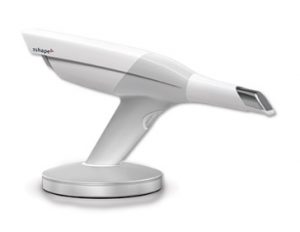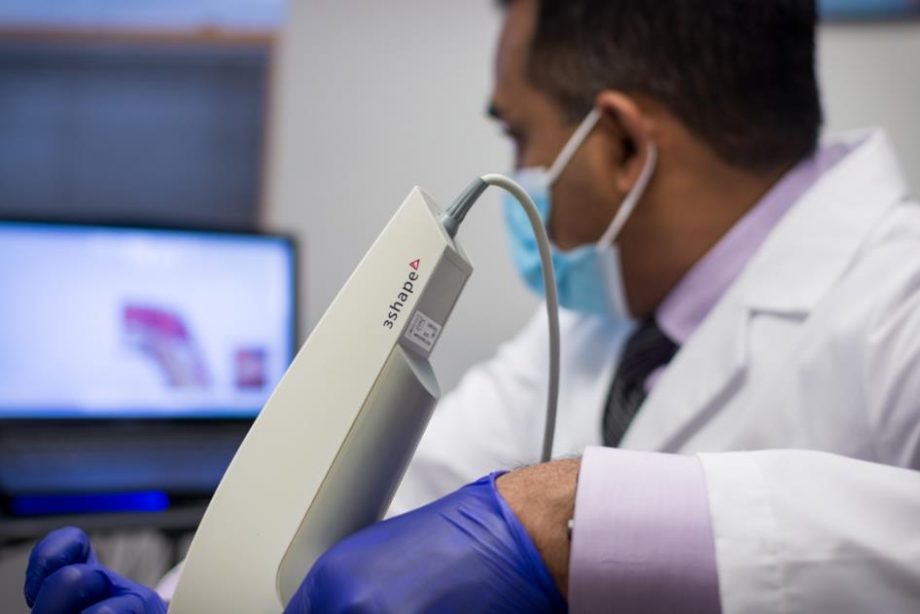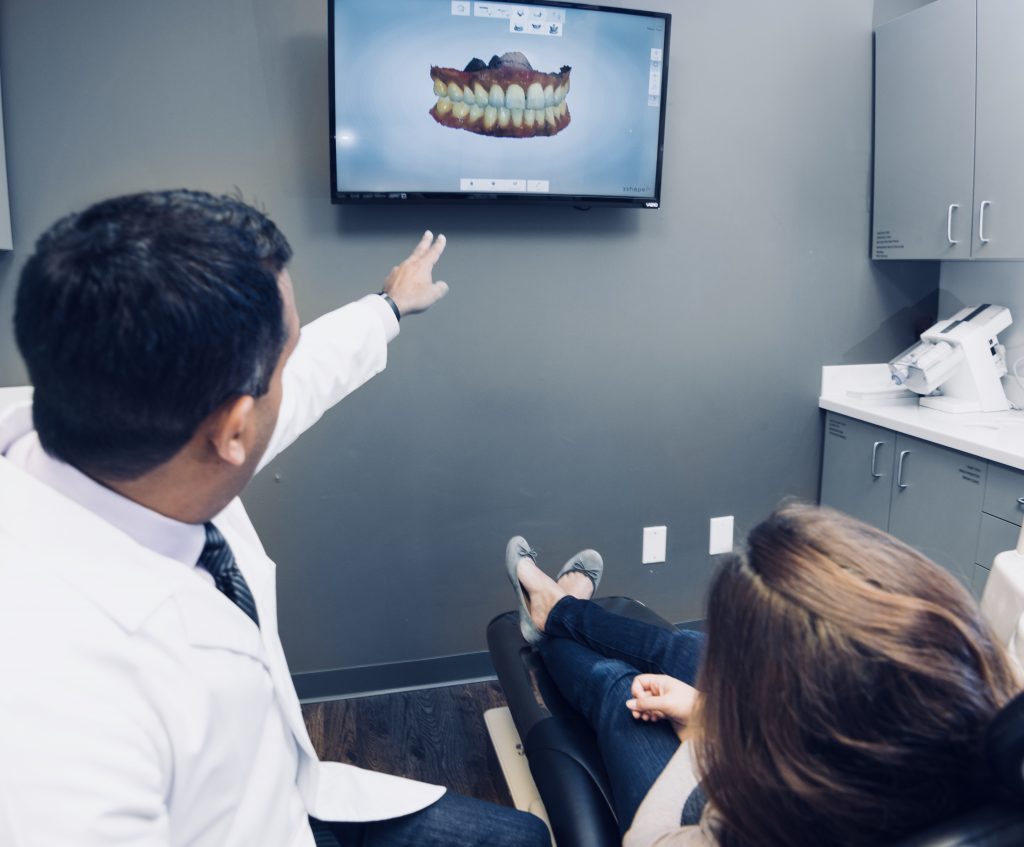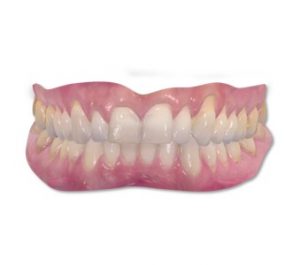By Naren Rajan, DMD FAGD
“You have two cavities and a cracked tooth,” says the dentist. “But I don’t feel anything,” says the patient. Sound familiar? The fact is most dental issues exhibit no symptoms until it is too late and the adage of a picture being worth a thousand words still applies. Using new 3D color scanning technology as a diagnostic and educational tool is creating an environment in dental health care where patient and doctor can discover problems and arrive at solutions together.
Have you ever had messy molds taken of your mouth at the dentist? Many people have struggled with these unpleasant procedures for years and until recently there was really no good alternative. Fortunately, technology has caught up with the needs of patients and dentists and digital techniques are steadily replacing traditional procedures including dental impressions or molds.
CAD/CAM (Computer Aided Design-Manufacturing) dental technology was developed initially in the late 1970’s-early1980’s to allow dentists to produce dental restorations digitally in the dental office rather than sending an impression to a dental laboratory. The early scanners were limited in ability and were not able to scan more than one or two teeth at a time. The tremendous benefit of digital scanning was that a dentist could treat a patient without ever having to touch the teeth, minimizing any chance of a patient gagging in the chair.
Fast forward to today and technology has changed radically. Without any exposure to radiation, digital intraoral scanners can three dimensionally model structures in the mouth (teeth and soft tissue) with ultra-high speed by capturing thousands of high definition (HD) color photographs per second and stitching them together to make an instant virtual 3D model in full color. Emerging results in dental literature are confirming what early adopting dentists have already been witnessing clinically. Digitally produced restorations and components fit amazingly well and improve the quality of dental services offered.

Even more exciting recently is not only using the 3D models for fixing teeth but using it as a diagnostic tool as well. In fact, some dentists include a digital 3D scan with every new patient visit as part of the digital patient record to supplement photographs and radiographs. With this technology, it is possible to see the evolution of changes in the mouth. Upcoming improvements in software are focused on showing changes in the teeth and gums by comparing successive scans taken on a patient over time
The ultimate goal of digital dentistry is to help patients make better decisions about their dental health. Contact us to learn more about how these cutting-edge technologies can benefit you.



